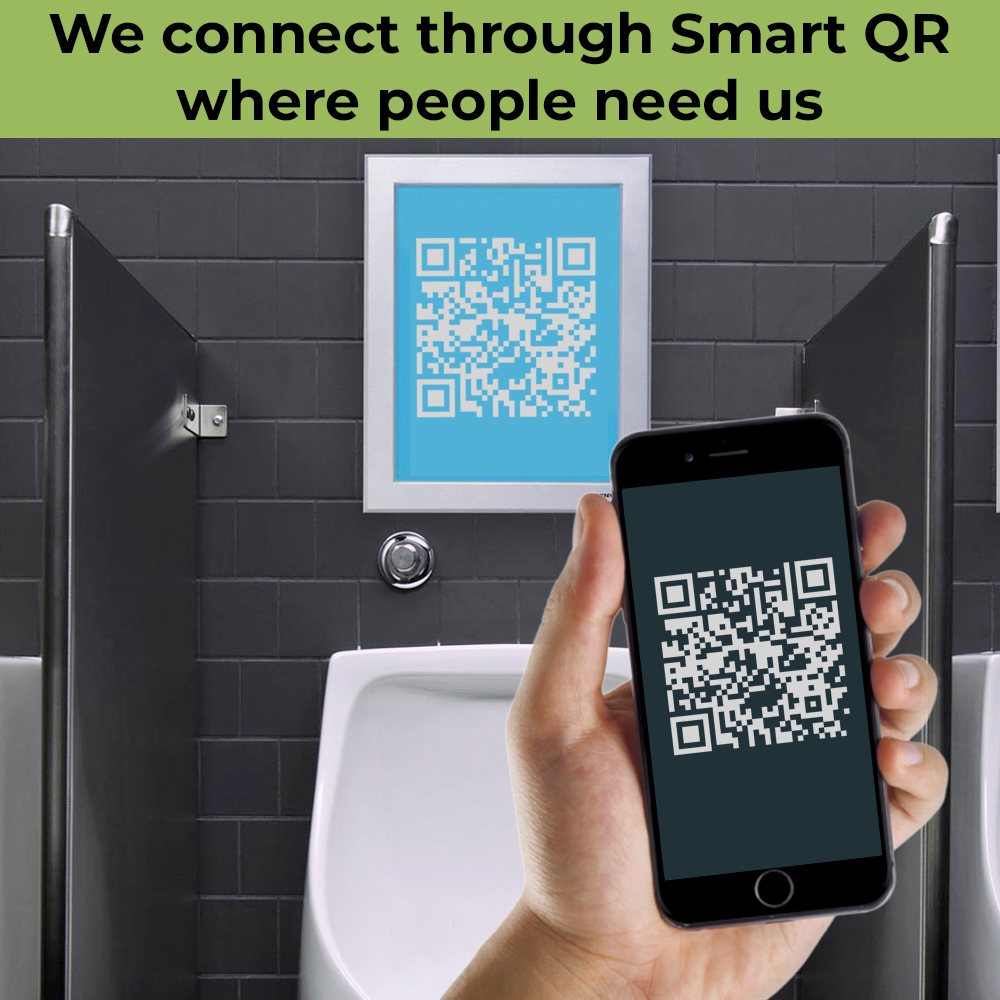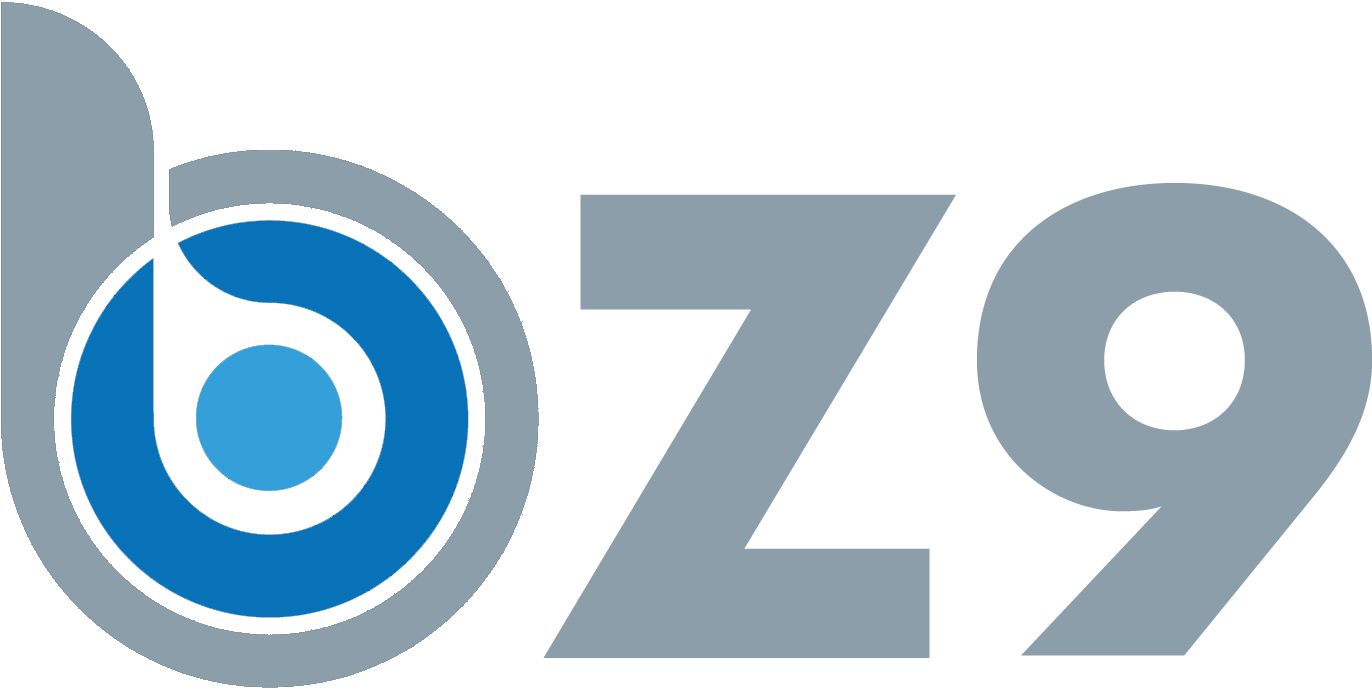
In our increasingly interconnected world, technology continues to offer innovative solutions to age-old human challenges.
One such challenge is reaching out to those in their darkest hours – individuals grappling with mental health issues, addiction, homelessness, or other personal crises. Among the myriad of technological tools available, QR codes have emerged as an unexpected yet powerful ally in this crucial endeavor.
QR codes, those small square patterns of black and white pixels, have long been used in marketing and information sharing. However, their potential to serve as lifelines for vulnerable individuals is only now being fully realized. These unassuming digital gateways can provide instant, discreet access to vital resources and support, bridging the gap between those in need and the help they require.
The beauty of QR codes lies in their simplicity and ubiquity. They can be placed virtually anywhere – on the back of a bus seat, inside a public restroom stall, on a park bench, or in a hotel room. This versatility allows for strategic placement in locations where individuals might find themselves alone with their thoughts, potentially at their most vulnerable. A simple scan with a smartphone can instantly connect someone to a world of support, from crisis hotlines and mental health resources to information about local shelters or addiction recovery programs.
The discreet nature of QR codes is particularly valuable in this context. For many individuals struggling with personal issues, the fear of judgment or stigma can be a significant barrier to seeking help. QR codes offer a private, anonymous way to access support without drawing attention or having to verbalize their needs to another person. This low-threshold approach to seeking help can be the crucial first step for many on their journey to recovery or stability.
Moreover, QR codes can be customized to provide targeted, localized information. A code in a college dormitory might link to student-specific mental health resources, while one in a low-income neighborhood could provide information about local food banks and job training programs. This ability to tailor information ensures that individuals are connected with the most relevant and accessible resources for their specific situation and location.
The potential impact of this approach extends beyond the individual level. By making support more accessible, we can potentially reduce the burden on emergency services, decrease rates of untreated mental health issues, and foster a more connected and supportive community overall. It's a proactive approach to crisis intervention, potentially reaching individuals before they reach a critical point.
However, the implementation of such a system is not without challenges. Issues of technology access, privacy concerns, and the need for regular maintenance and updates must be carefully considered and addressed. Additionally, it's crucial that the resources provided through these QR codes are vetted, up-to-date, and truly helpful to those in need.
As we continue to grapple with rising rates of mental health issues, addiction, and homelessness, innovative approaches like the strategic use of QR codes offer a glimmer of hope. By leveraging this simple yet powerful technology, we have the opportunity to create a safety net that catches those who might otherwise fall through the cracks of traditional support systems. In doing so, we move one step closer to a world where help is always within reach, even in the darkest of times.
The Power of Discreet Connection
QR codes offer a unique advantage in crisis intervention: they're discreet, easily accessible, and can provide immediate access to help without drawing attention. This makes them particularly valuable for reaching individuals who might be hesitant to seek help openly.
Strategic Placement for Maximum Impact
1. Public Restrooms
Public restrooms often serve as a temporary refuge for people in distress. Placing QR codes on the back of stall doors or near mirrors can provide a private moment for individuals to access help.
Example: A QR code in a restroom stall could link to a crisis hotline or a mental health resource page, allowing someone to reach out for help without fear of being overheard or seen.
2. Public Transportation
The back of bus or train seats, as well as transit station walls, can be effective locations for QR codes.
Example: A QR code on a bus seat could lead to a mobile-friendly page with information about local shelters, food banks, and mental health services.
3. Park Benches and Public Spaces
Outdoor areas where people often go to be alone or reflect can be ideal locations for supportive QR codes.
Example: A QR code on a park bench could connect to a guided meditation app or a list of local support groups.
4. Libraries and Community Centers
These public spaces often serve as sanctuaries for vulnerable individuals.
Example: QR codes near computer stations could provide access to job search resources, housing assistance, or educational opportunities.
5. Pharmacies and Healthcare Facilities
Placing QR codes in these locations can help individuals access health-related support discreetly.
Example: A QR code near the pharmacy counter could link to information about addiction recovery programs or mental health services.
6. Schools and Universities
Young people often struggle with mental health issues and may be hesitant to seek help openly.
Example: QR codes in school bathrooms or common areas could provide access to youth-specific mental health resources or anonymous reporting systems for bullying or abuse.
7. Bars and Nightclubs
These environments can be triggering for individuals struggling with addiction or those at risk of sexual assault.
Example: QR codes in bathrooms could link to local AA meetings, substance abuse hotlines, or resources for sexual assault survivors.
8. Grocery Stores
For individuals facing food insecurity or financial struggles, grocery stores can be a source of stress.
Example: QR codes near checkout areas could connect people to local food banks, financial assistance programs, or budget-friendly meal planning resources.
9. Laundromats
These spaces are often used by individuals from various socioeconomic backgrounds and can be an opportunity to reach those in need.
Example: QR codes on washing machines could link to job search resources, affordable housing listings, or financial literacy programs.
10. Hotels and Motels
These locations can be temporary homes for individuals fleeing domestic violence or experiencing homelessness.
Example: QR codes in hotel rooms could provide information about local shelters, domestic violence hotlines, or legal aid services.
Designing Effective QR Code Campaigns
1. Clear and Concise Messaging
Accompany QR codes with brief, non-threatening messages that indicate the type of help available.
Example: "Need someone to talk to? Scan for 24/7 support."
2. Multiple Language Options
Ensure resources are available in various languages to reach diverse populations.
3. Mobile-Optimized Content
The linked content should be easily navigable on smartphones, as most people will be scanning with mobile devices.
4. Regular Updates
Ensure the information behind the QR codes is regularly updated to maintain relevance and accuracy.
5. Collaboration with Local Organizations
Partner with local support services, healthcare providers, and community organizations to ensure comprehensive and localized support.
6. Anonymous Access
Prioritize resources that don't require personal information to access, reducing barriers for those concerned about privacy.
7. 24/7 Availability
Ensure that at least some of the linked resources are available round-the-clock, as crises don't adhere to business hours.
Overcoming Challenges
1. Technology Access
While many individuals have smartphones, not everyone does. Consider complementing QR codes with traditional contact information.
2. Privacy Concerns
Address potential privacy concerns by clearly stating that scanning the QR code doesn't track personal information.
3. Maintenance
Regularly check QR codes to ensure they're still functional and haven't been tampered with or covered up.
4. Public Awareness
Educate the public about the purpose of these QR codes to prevent misuse and encourage community support.
5. Stigma Reduction
Design campaigns that normalize seeking help and frame the use of these resources as a sign of strength.
Case Studies: Success Stories
1. New York City Subway Mental Health Initiative
The NYC subway system implemented a QR code campaign linking riders to mental health resources. Within six months, they saw a 30% increase in calls to their mental health hotline.
2. College Campus Sexual Assault Prevention
A university placed QR codes in dormitory bathrooms linking to resources for sexual assault survivors. Reports of incidents increased by 25%, indicating more students felt empowered to seek help.
3. Rural Community Substance Abuse Support
A small town in the Midwest placed QR codes in local businesses linking to substance abuse resources. Over a year, they saw a 40% increase in attendance at local support group meetings.
Measuring Impact and Continuous Improvement
1. Track Scans and Engagement
Use analytics to monitor how often QR codes are scanned and which resources are most accessed.
2. Gather Feedback
Provide opportunities for users to give anonymous feedback on the helpfulness of the resources.
3. Adapt to Trends
Use data to identify emerging needs and adjust the resources accordingly.
4. Collaborate with Health Professionals
Work with mental health professionals and social workers to ensure the approach aligns with best practices in crisis intervention.
Ethical Considerations
1. Do No Harm
Ensure that all linked resources are vetted and provided by qualified professionals or organizations.
2. Respect Privacy
Maintain strict privacy standards and be transparent about data collection and use.
3. Inclusive Design
Ensure the campaign is accessible and relevant to diverse populations, including those with disabilities.
4. Avoid Triggering Content
Be mindful of potentially triggering language or imagery in the QR code design and linked content.
Future Possibilities
1. AI-Powered Chatbots
QR codes could link to AI chatbots trained in crisis intervention, providing immediate, 24/7 support.
2. Augmented Reality (AR) Integration
AR could be used to make QR codes more interactive and engaging, potentially reaching younger demographics more effectively.
3. Personalized Resources
With user permission, QR codes could lead to personalized resource pages based on previous interactions or user-provided information.
4. Global Network
Creating a global network of QR code-based support could help travelers or immigrants access help in unfamiliar locations.
Conclusion
QR codes offer a unique and powerful way to reach vulnerable individuals in their moments of need. By strategically placing these digital gateways to support in locations where people might feel most alone or desperate, we can create a safety net that catches those who might otherwise fall through the cracks of traditional support systems.
The key to success lies in thoughtful implementation, regular maintenance, and a deep understanding of the needs of vulnerable populations. As technology continues to evolve, so too will the possibilities for using QR codes as a tool for crisis intervention and support.
By embracing this technology and using it creatively and compassionately, we have the potential to create a more connected, supportive society where help is always just a scan away. In doing so, we can offer hope and assistance to those in their darkest hours, potentially saving lives and fostering a community of care and understanding.




